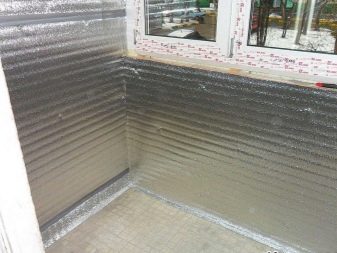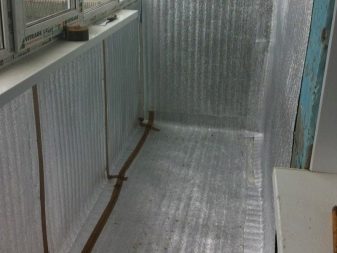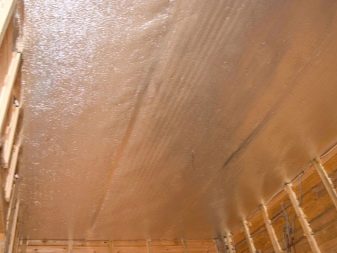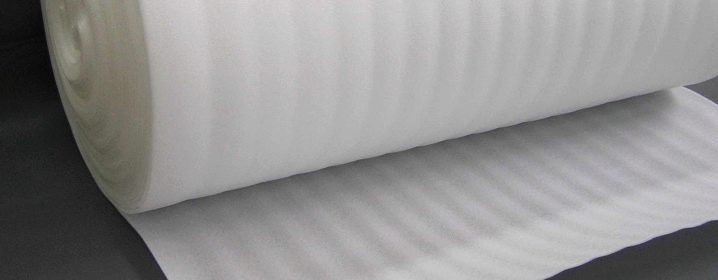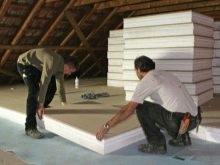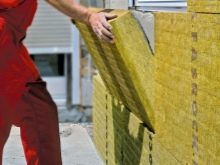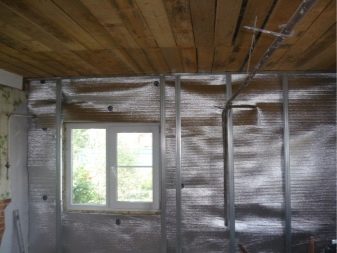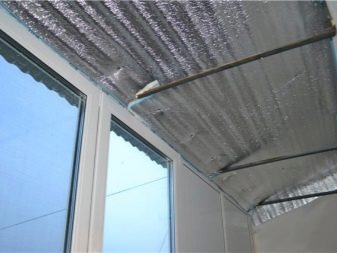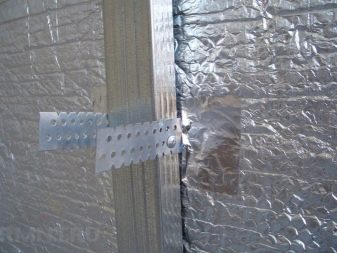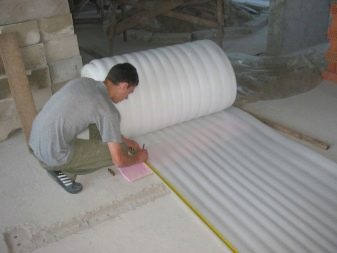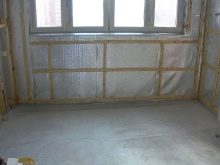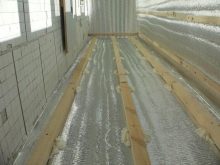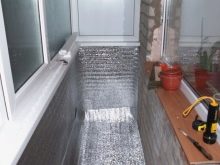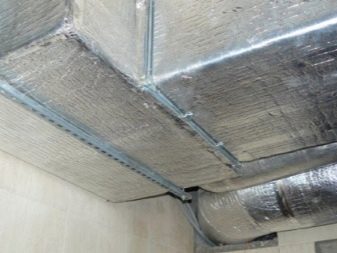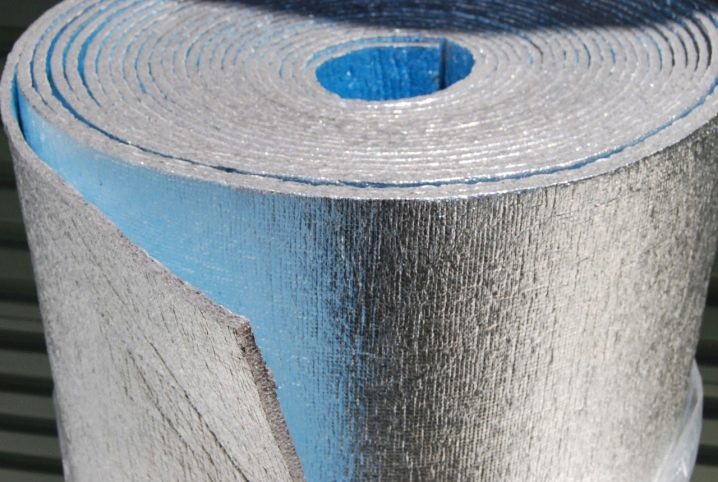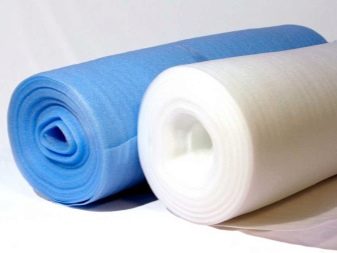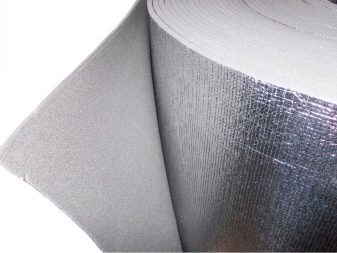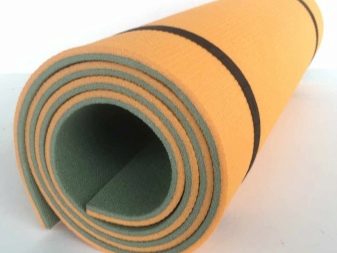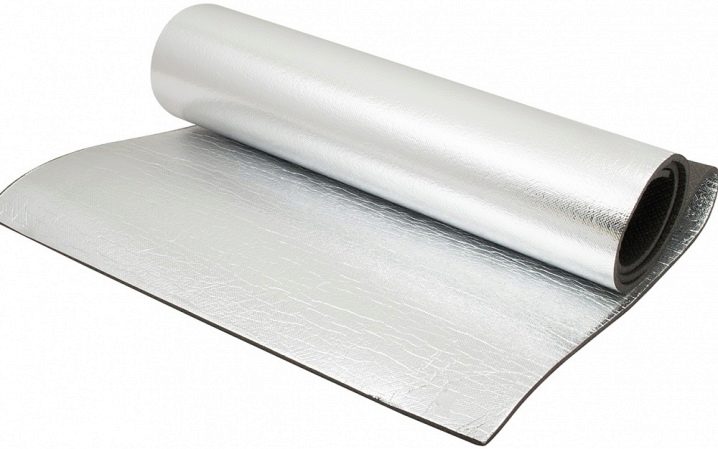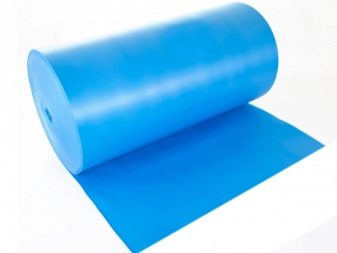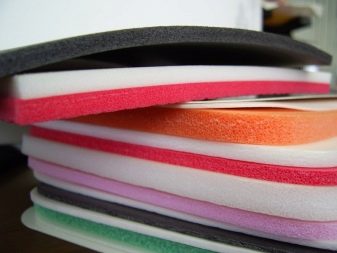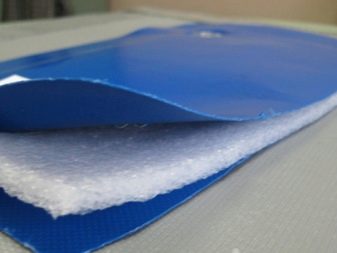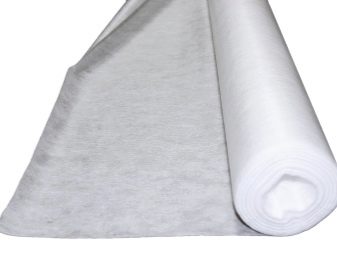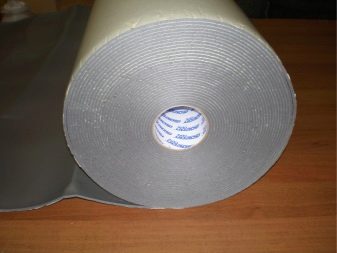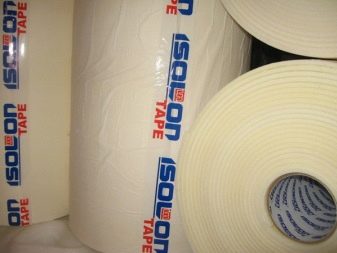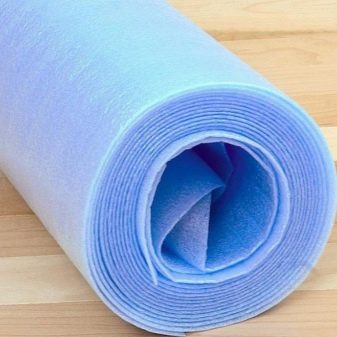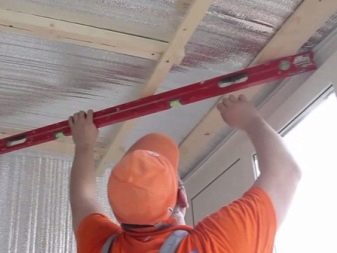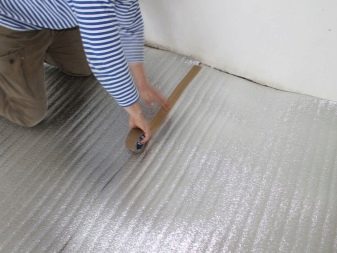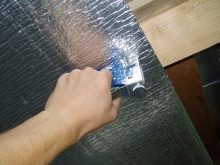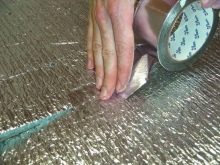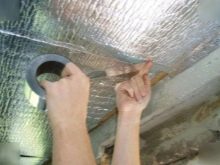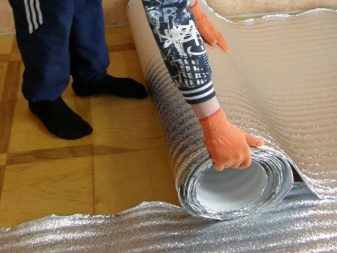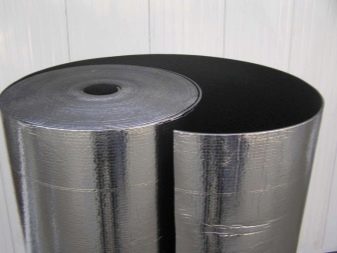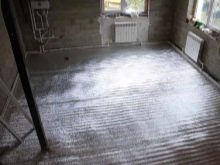Isolon: what is it?

For the construction and repair work requires a certain list of materials, this also applies to processes related to the insulation of surfaces or bases. Izolon refers to a product line that performs a similar functional task.
Special features
The demand for such raw materials is due to the need to insulate all buildings, regardless of the material used for the construction of the building.
Of course, for any homeowner there will always be a pressing issue of simplifying this task and saving money for work.This issue can be easily resolved by choosing practical and high-quality products. Among the varieties on the market stands out such a product as izolon. This is a material, the use of which will allow not only to insulate the working base, but also to form a high-level sound insulation. What is important for urban homes located near noisy highways.
In addition, the justification for the use of insulation for heat preservation is confirmed by proven facts indicating that the loss of heat in the rooms, which occurs through the walls of the building, is 65% of the total value.
The market for construction products is regularly updated with materials that perform the insulating function.
The products of the new generation are characterized by improved technical characteristics, izolon can be attributed to them.
The main feature of the material is its wide range of applications - it is used mainly in construction, but is also purchased for use in the automotive industry and other areas of production.
In the first case, the following types of work can be distinguished for which izolon is acquired:
- insulation and insulation of the roof, walls, floors, interfloor ceilings;
- vapor barrier baths and saunas.
Automotive production requires material in the following areas:
- body insulation on the inside, to minimize vibrations and noise, heat insulation;
- ensuring protection of metal against corrosion.
In addition to the above areas of material exploitation, it is in demand in the medical industry, with the release of refrigeration equipment, sewing workwear, in the packaging industry, and so on.
Sometimes such products are used in conjunction with its counterparts. But in comparison with most of the materials isolon favorably stands out from the general list of its positive features.
- Russian products have a lower cost, in contrast to foreign materials, as well as expensive cork. In addition, the material under consideration has almost similar properties as cork.
- In comparison with the glass wool isolon is many times easier to install, in addition, it does not cause allergic reactions.
- Polystyrene is inferior in quality because it is chemically active, which means it is not recommended for installation in residential premises.
Properties
Izolon is a synthetic raw material, the manufacturing process of which takes place by the method of foaming polyethylene, therefore it consists of small cells of a closed type. There are sheet types of material, supplemented by a foil substrate. Isolate is realized in the form of individual sheets, mats, ribbons, blocks or rolls.
The following product specifications are highlighted:
- heat reflectance is 97%;
- material is allowed for use in the temperature range from +80 to -80 С;
- product thickness varies from 2 mm to 100 mm;
- water absorption rate does not exceed 1%;
- Izolon density is 19-200 kg / m3;
- noise absorption up to 68%.
Certain material properties may vary based on the type of product.
Izolon has several advantages:
- long operational period, which is about 90 years;
- good level of dynamic strength, thanks to which the material is resistant to mechanical stress;
- raw materials are neutral to chemicals, including oil, fuel oil, and so on;
- high resistance to sunlight and precipitation of any type, so that the material is recommended for outdoor thermal and sound insulation works;
- minimum weight - this feature allows you to eliminate the additional load on the base during the laying of products;
- fire safety - the raw material does not burn, as a result of contact with fire, the material is decomposed into water and carbon dioxide;
- due to the use of products increases the level of sound insulation;
- the good elasticity of the isolon makes it possible to use it for bases and structures of any shape;
- the use of raw materials provides insulation, based on consumer feedback, the level of savings on heating, provided that Izolon is used, is about 30%;
- due to elasticity after mechanical impact on the material, it returns to its original form as soon as possible, such a characteristic allows re-exploiting the raw material;
- minimum level of absorption of moisture;
- material does not rot;
- laying insulation is done fairly quickly - products that have a self-adhesive base are attached with an adhesive, the other types are better glued to silicone glue or to screws or staples;
- The material is environmentally friendly, therefore, does not pose a danger to humans.
Izolon, like any other material, has drawbacks. These include the following nuances:
- foil material must not be laid near electrical wiring, since aluminum is a conductor of current;
- during the implementation of insulation material must be left ventilation holes, because their absence can cause condensation;
- Isolon can not be pasted wallpaper wallpaper or plaster applied.
Kinds
The material manufacturing technology includes three main stages, based on which the products are divided into types:
- mixing componentsamong which there is granulated polyethylene, foaming agent and other components;
- extrusion;
- foaming at the expense of what the frother begins to work, which provides a specific structure to the material - as a result it looks like a porous sheet.
Foil products require another process - in the course of lamination aluminum foil is fixed to the polyethylene.
Taking into account the method of production, we can distinguish two types of material.
Stitched - PPE
During production, changes occur in the components at the molecular level. This group includes products with a cross-ligament and mesh molecular basis. The specificity of the composition increases the resistance of the material to aggressive media, in addition, increases moisture resistance.
Unstitched - IPE
This type is characterized by an almost complete absence of bonds between the molecules of the components. In essence, these are gas-filled raw materials with a closed cell structure. Even at the stage of foaming during the heat treatment of a substance, carbon dioxide is added to it. It fills pores that are larger than other materials. In addition, the NPP has less flexibility.
Based on the method of stitching, you can select materials with a chemical or physical version of this task.
However, depending on the type of stitching, the difference in quality characteristics and appearance between the materials does not exist.
Taking into account the structure, the isolon is foiled or uncoated.
Foiled
In composition, it is similar to the standard form, the only difference is the presence of the film on one or two sides.The film may be aluminum or have a metallized composition. Products have high performance, therefore, recommended for use inside and outside buildings. The choice of products is made from the scope of application, for example, if an isolon is needed for a floor covering, they prefer to purchase products with a heat-reflecting film, positioning it so that the side with the film is at the top.
Uncoated Products
The material does not contain additional layers, due to which its properties are slightly reduced. The cost of such products is much less.
According to the fastening technology, there are certain types of raw materials.
Ukryvna
You can glue the material on the base of the overlap provided the smallest thickness or end-to-end if you plan to use large sheets. For installation used construction tape, which is responsible for the tightness of the seams between the products.
Self-adhesive material
Its installation is carried out to the fenced base, the fastening is performed only after the protective film is removed from the side that has an adhesive layer.
In addition to the main varieties, several other types of products can be distinguished, which are marked with a special abbreviation:
- isolon "A" - products with an aluminum layer on one side, its thickness can reach 10 mm;
- mark "B" - products with closed foil on both sides;
- "WITH" - a type of thermal insulation that has a self-adhesive base;
- ALP - self-adhesive raw material having a white film on the foil, the thickness of which is 3 mm.
Dimensions
In order to have a clear idea of what the material is, you should know what size raw materials can be.
The thickness of the products depends on the application of izolon. To further insulate the floor, you can opt for products with a thickness of up to 5 mm, sound insulation of the roof should be done with sheets with a thickness of about 5-10 mm, interfloor overlappings require laying products with 10-30 mm thick.
Dimensional grid is very diverse: there are products with a thickness of up to 50 mm. The length of products can range from 2 to 300 m, products with a length of 500 meters are not available. The width of the isolon varies from half a meter to 2 m.Products in the form of plates has the following dimensions - 1x1.11 m or 2x1.4 m.
Mounting technology
The main feature of the product is to ensure tightness, so all the joints between products should be glued. The working surface should be dry, as well as free from various contaminants.
Experts say that one layer of 3-5 mm will be enough to provide high-quality insulation for the room. But the coldest places need to be insulated in several layers, or else acquire material with greater thickness and combine the isolon with glass wool, forming a heat-insulating sandwich.
Thermal insulation of the base of the floor includes the necessary list of works.
- After acquiring material of appropriate thickness, surface preparation is first carried out. If there is an old coating on it - it is dismantled and the floor is leveled.
- If necessary, cutting of products of the required length and width is carried out, for this you need to make measurements of the working base. Cutting products is best with an ordinary knife.
- If self-adhesive material is used, a protective film is removed before installation, and then the raw material is laid.During the work of the product, it is necessary to press down lightly on the surface in order to ensure better fixation.
- Works with conventional products are carried out on adhesive acrylic compounds.
- Following the instructions for laying izolona on the base of the floor, before installing the raw materials you need to put waterproofing. However, in most cases, flooring additional protection from moisture is not carried out.
- A polyethylene film is placed on top of the insulation, since the isolon does not absorb moisture.
- The material is fixed on the seams with adhesive tape, construction stapler, or products are welded to each other;
Tips and tricks
When choosing izolona should follow the following recommendations:
- The cost of thermal insulation products does not always determine its quality, so attention should be paid to the manufacturer of the product, as well as its technical characteristics, in order to choose a product that is ideal for isolating a particular surface.
- Installation and fixation of seams cannot be performed with ordinary tape, for such purposes there are specialized adhesive aluminum tapes.
- In the process of laying do not forget about the ventilation layer, which must be formed near the walls.
- Products, especially products with a foil-coated layer, require compliance with the specified storage conditions, as well as accuracy during the transportation of goods.
- Violations committed in the course of laying the insulating material are fraught with damage to the integrity and structure of the isolon, as a result - the products will lose their properties.
A very important parameter of the isolon is the thickness of the products. This indicator determines the scope of product exploitation.
Experts advise in the course of the acquisition of the material to voice the consultant or distributor of goods area in which the planned use of thermal insulation.
In order to help make the right choice, manufacturers distinguish the classification of products based on the thickness and scope of installation.
- To perform work on the insulation of pipes that are directly under the ground, it is necessary to apply PES with a thickness of 15 to 45 mm with a foil layer to work.
- Noise isolation in multi-storey buildings between the floors will have a high level of quality if you use izolon 8-10 mm thickness. Such material will be enough to reduce the noise from the movement of people living above, as well as to eliminate the audibility of quiet music from neighbors.But for buildings where the upper floor, for example, will be used as a gym, you need to purchase products with greater thickness.
- Floor covering, for example, laminate, can be qualitatively insulated with 3-5 mm products. For the system "warm floor" should be preferred products with a minimum thickness. Based on the type of floor screed it is recommended to use different types of isolon: for dry screed - foil material, for wet - it is necessary to stack products with a metallized layer.
- Thermal insulation of wood and concrete bases is carried out with products with a thickness of up to 10 mm.
You will learn more about the material in the following video.

